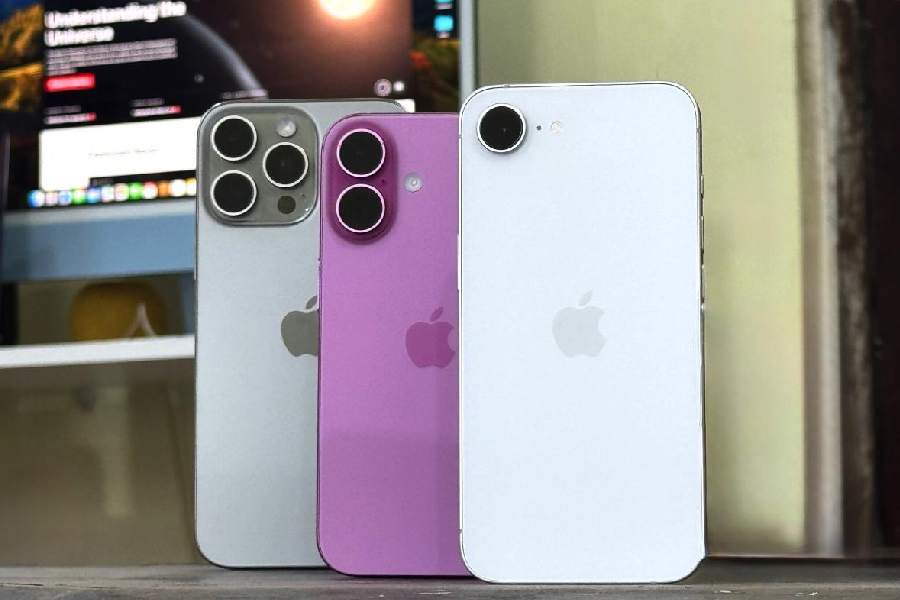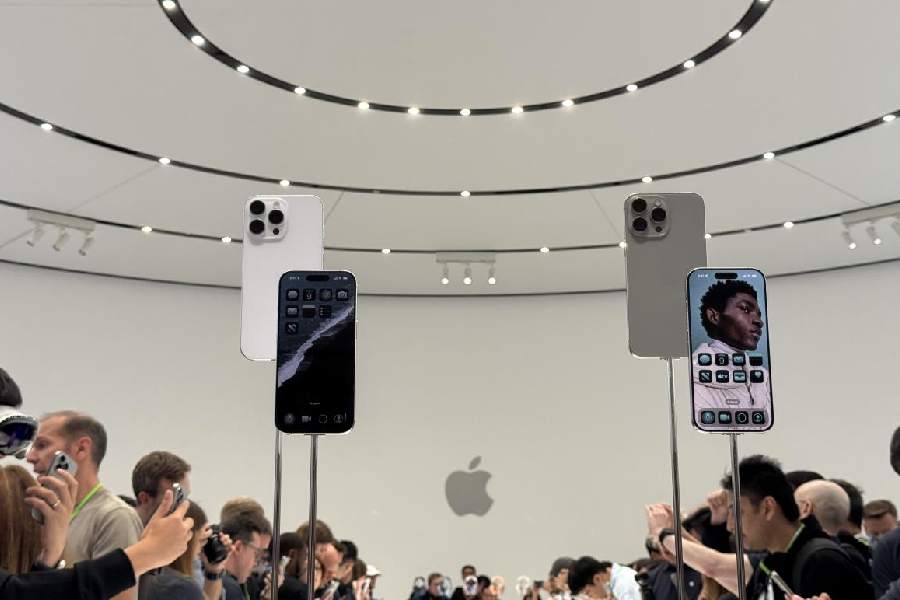Every year, the debate remains the same: When will Apple launch its new iPhone series? Over the last 12 years, excluding the pandemic year of 2020, it can be said that September is Apple’s favoured month, particularly the early part of it. Rumour has it that the next series — most find it safe to call it iPhone 17 — will be announced on either September 8 or 9. Why?
Apple usually favours a Monday or Tuesday to launch a new series. September 2 could have been the big day, but then, the day preceding it is Labor Day, which is a holiday. After an extended weekend, it would be tough to drag employees back to work.
It brings us to the following week. Apple usually favours Tuesday, which is September 9, but last year, the company went with Monday. In 2021, it was a Tuesday. In 2022, it was a Wednesday. In 2023, it was a Tuesday.
Early September works out fine for Apple as autumn sets in on September 22, which gives people just about enough time to plan a list of gifts for Christmas.
With India being an important market for Apple, the launch month is proving crucial. Festivities around the country, including Durga Puja and Diwali, fall during the iPhone launch cycle. Many like to feast on the glitz of metal, which is there in plenty on iPhones.
Just how important is the iPhone to Apple? The Cupertino HQ-ed company recently reported its fastest quarterly revenue growth in more than three years: $94 billion, up 10 per cent year over year. The company’s iPhone sales surged 13 per cent from a year ago to $44.6 billion.
Lineup with a twist
The second part of the story involves all the rumours around the next series. It’s almost impossible to get everything spot on. All iPhone rumours are to be taken with a grain of salt.
Since 2020, Apple has offered four main iPhones each year, a couple of entry-level models, and two high-end versions. According to Bloomberg, there will be a change. The company may roll out one entry-level phone, two high-end models, and one device in between that the news agency calls the iPhone 17 “Air”.
It is expected to be slimmer than the rest of Apple’s iPhone lineup, setting new design standards. Some estimates have it at around 6mm thick, while a few analysts feel it is as low as 5.5mm.

(Left to right) iPhone 16 Pro Max, iPhone 16 and iPhone 16e: Buy an iPhone depending on your demands from the camera
It is expected to feature a screen that’s around 6.6 inches, slim borders similar to the iPhone 16 Pro line, ProMotion for smooth scrolling, and a standard-sized Dynamic Island interface. In spite of being slim, the battery life is rumoured to be the same as on current iPhones. The last bit is important: Samsung has also tried its luck at making a slim phone with the Galaxy S25 Edge. It’s about how far a company can go without sacrificing features.
What about other updates? It is rumoured that all the new phones will get ProMotion display technology with a 120Hz maximum refresh rate. Further, the iPhone 17 Pro Max may get an upgraded 48 MP telephoto camera. Staying on with the camera, the look of the module may undergo a change. It could be a horizontal bar running across the width of the device.
Further, the Pro models may get an aluminum frame, and part of the glass frame could transition to aluminum for better durability. At least one iPhone 17 model may get an Apple-designed Wi-Fi 7 chip and the “slim” model may use Apple’s own modem chip in the device.
Rumours are mixed about the size of the Dynamic Island on the upcoming phones. Analyst Jeff Pu claims that Apple is using metalens technology for Face ID that will allow for a narrower Dynamic Island, while Apple analyst Ming-Chi Kuo does not expect notable changes to the Dynamic Island.
Apple usually upgrades iPhones with faster and more efficient chip technology each year.
Keeping the lid on
Even after all these years, despite a few leaks and rumours, Apple manages to keep most information about its next launch a secret. It has been the case since the first iPhone was publicly shown on January 9, 2007.
Former Apple man Scott Forstall, who became the head of the iPhone software division, was asked by Steve Jobs not to breathe a word about the iPhone to anyone who wasn’t on the team that worked on the original device. Such was the importance of the product that Forstall was allowed to move anyone at Apple into his team and not bring in outsiders. All that members were told was, if they were to choose the new project, they would have to give up nights and weekends “probably for a couple years”, he told Brian Merchant in his book The One Device: The Secret History of the iPhone.
The iPhone began as a Jobs–approved project at Apple around the end of 2004. Its importance is woven into modern cultural history. When Jobs returned to take the helm of Apple in 1997, his first job was to get the Mac business back on track. Then came the first historical moment, more like a cultural and economic force — the iPod. It became a blueprint for the iPhone.
Tony Fadell, the former Apple employee who worked closely on the iPod and the first three generations of iPhones, once said “there would be no iPhone without the iPod”.
At first, Jobs was not convinced about the idea of Apple making a phone to the point he said in 2005, according to Merchant: “‘The problem with a phone,’ Steve Jobs said in 2005, ‘is that we’re not very good going through orifices to get to the end users.’” By orifices, he meant carriers like Verizon and AT&T, which had final say over which phones could access their networks.
Many felt that several things about mobile phones (before the iPhone) were not user-friendly. A change was needed. Meanwhile, Apple was working on a touchscreen-tablet project. When Jobs wanted to do a phone, everything else took a backseat. “I actually started on the tablet first,” Jobs said in 2010. “I had this idea of being able to get rid of the keyboard and type on a multitouch glass display.”

